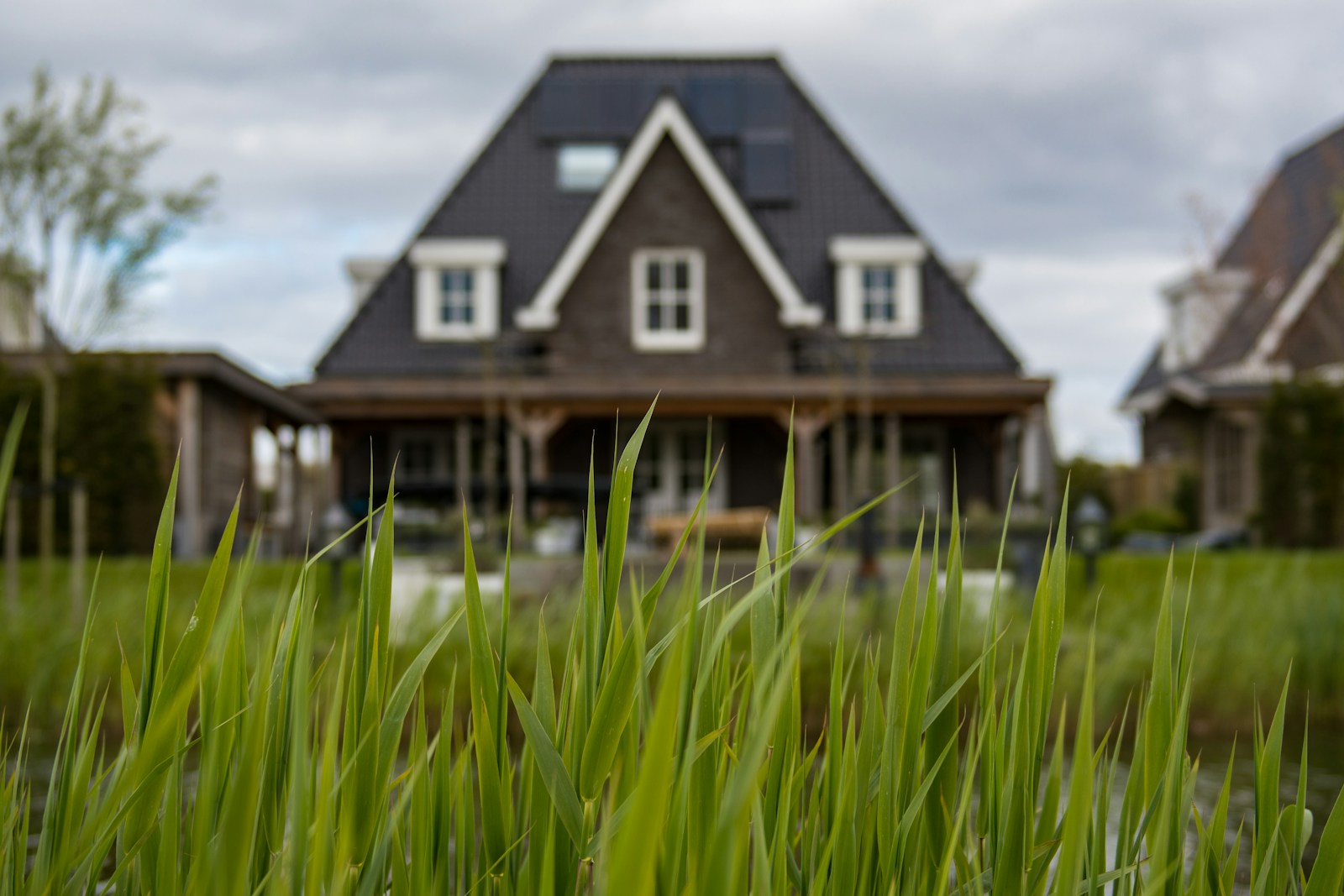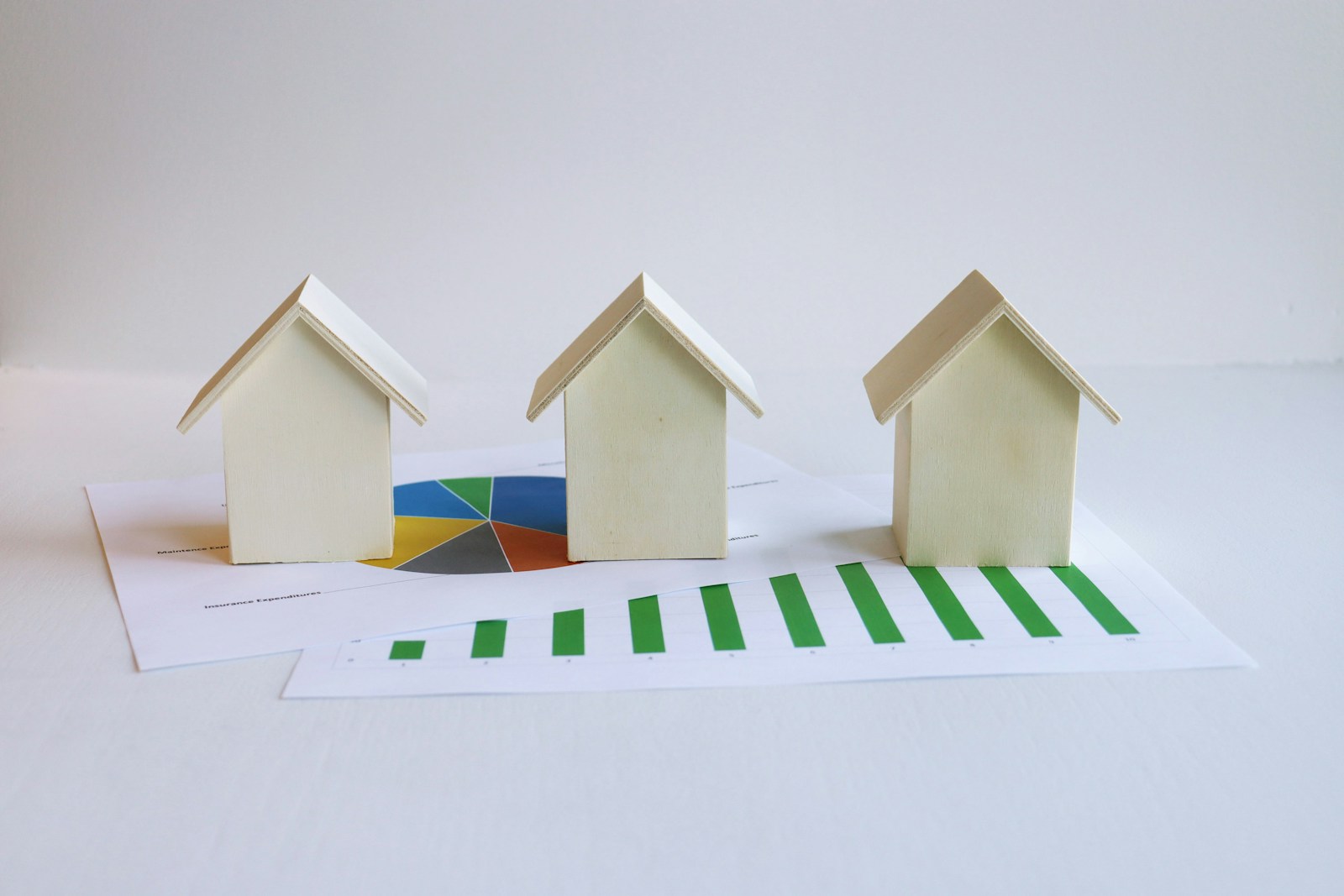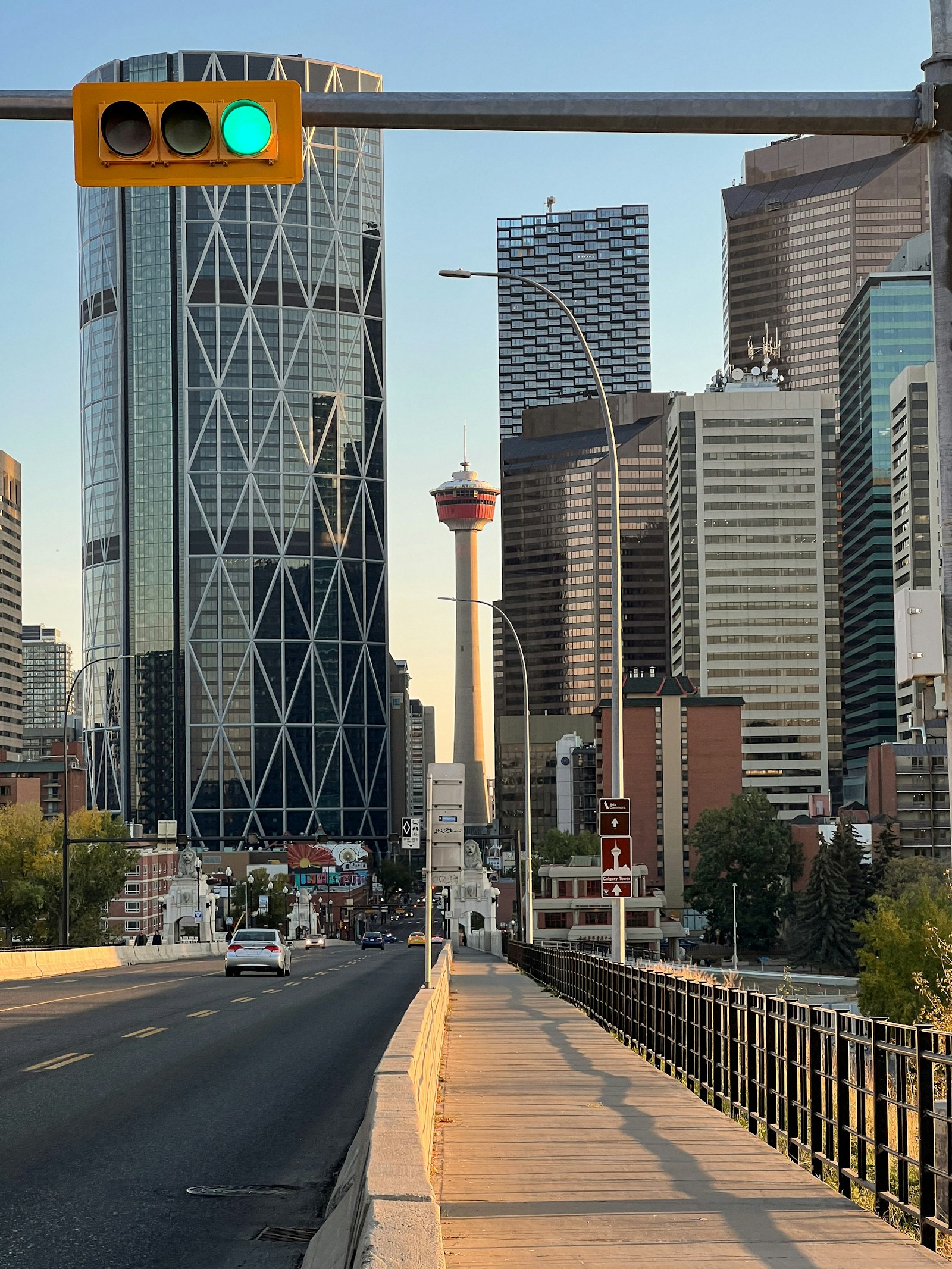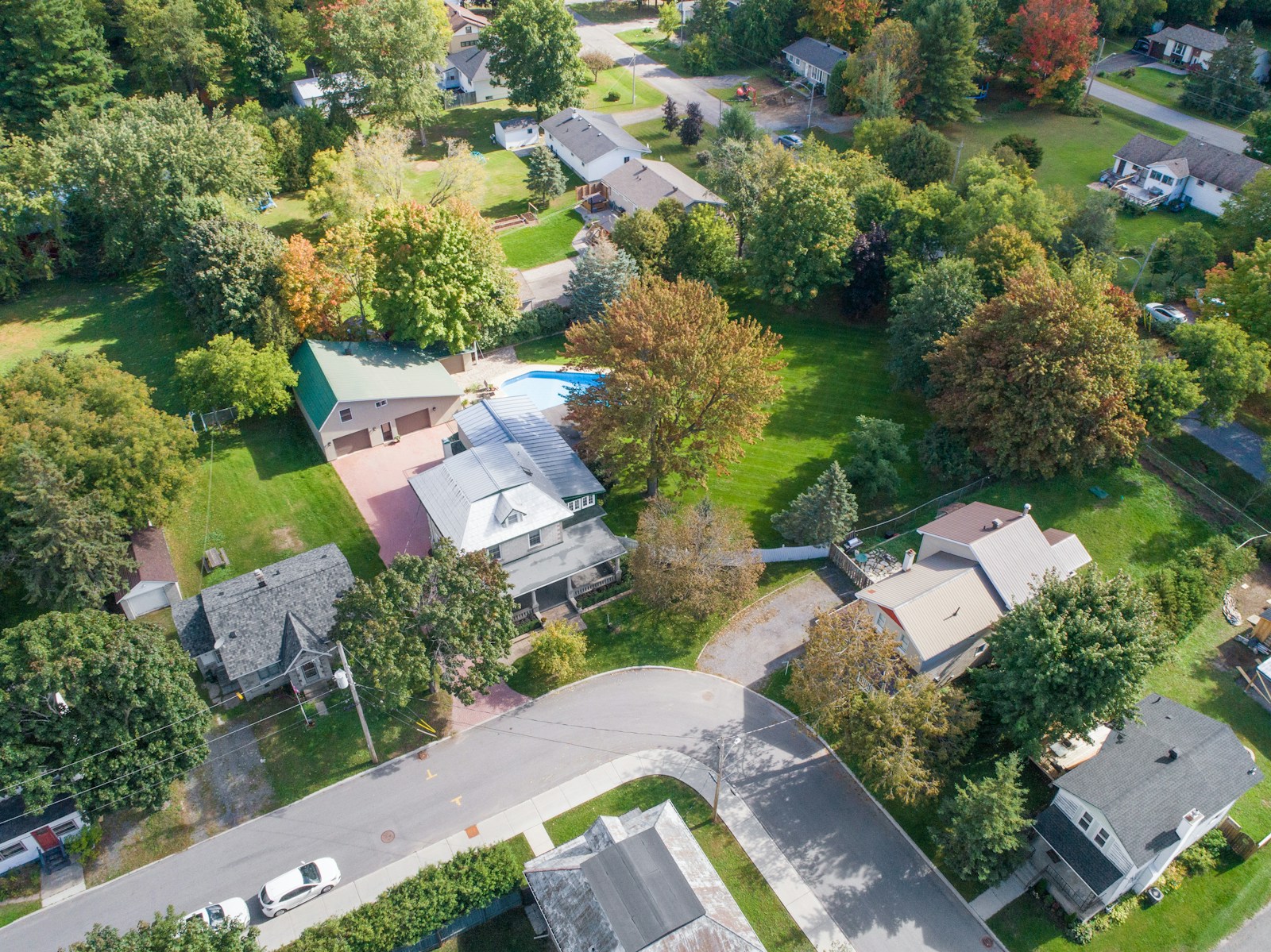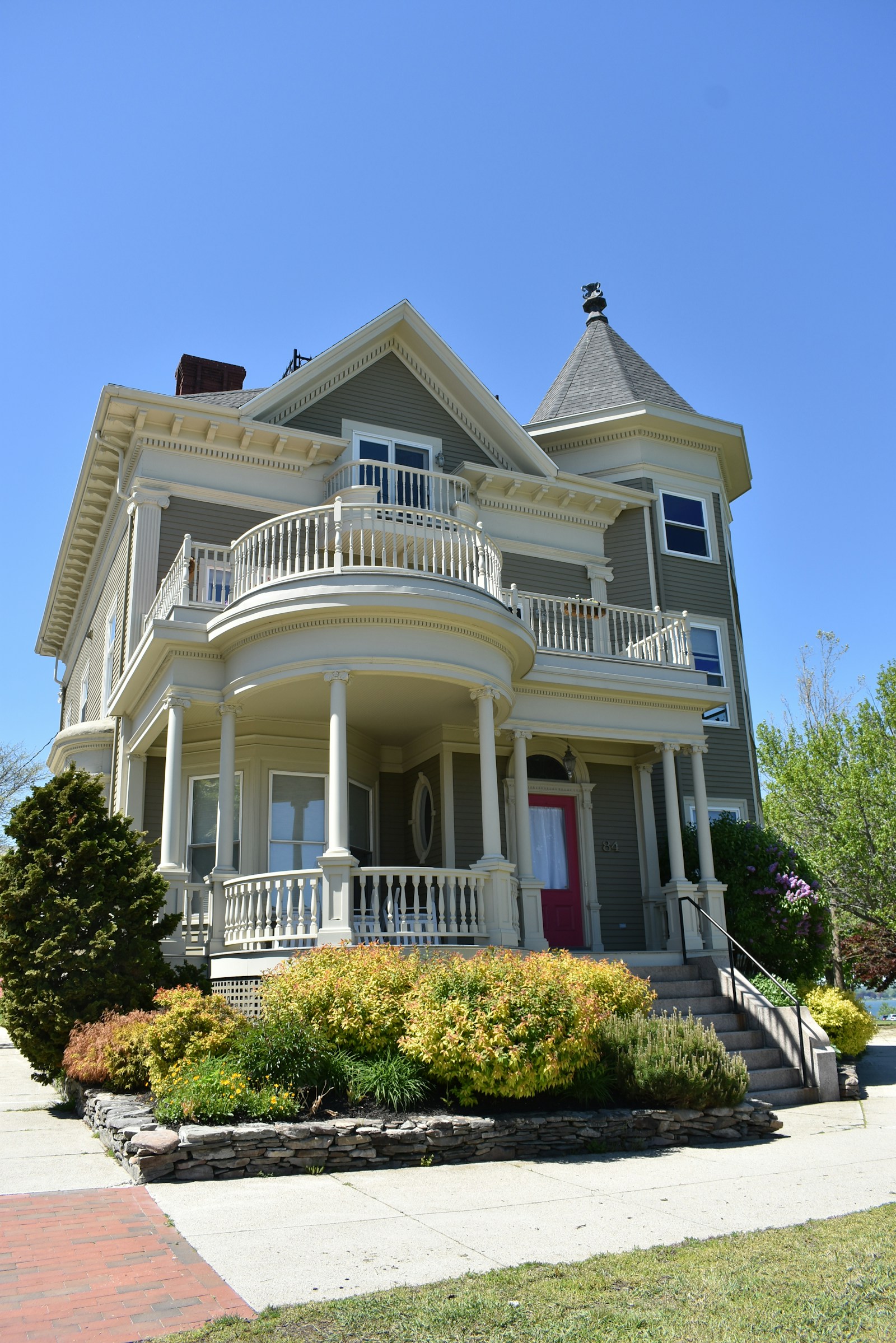Calgary’s rental market is an attractive option for real estate investors looking to generate passive income and build long-term wealth. However, like any investment, owning rental property comes with its own set of challenges. Understanding the pros and cons can help you make informed decisions about whether this market aligns with your investment goals.
Pros of Investing in Calgary’s Rental Market
1. Strong Rental Demand
Growing Population: Calgary’s population continues to grow due to interprovincial migration and international immigration.
Urban Professionals and Families: The city attracts renters in both downtown and suburban areas, ensuring a steady demand for rental properties.
2. Affordable Real Estate Prices
Lower Entry Costs: Compared to major cities like Toronto and Vancouver, Calgary offers more affordable property prices, making it accessible for new investors.
Potential for Appreciation: Affordable prices coupled with economic growth provide opportunities for long-term value increases.
3. High Rental Yields
Strong ROI: Investors can achieve higher rental yields in Calgary compared to other Canadian cities, especially in growing neighborhoods.
Positive Cash Flow: Many properties generate sufficient rental income to cover expenses and deliver profits.
4. Diverse Investment Options
Variety of Properties: Investors can choose from condos, single-family homes, townhouses, and duplexes.
Short-Term Rentals: Popular areas like downtown Calgary and Beltline attract short-term rental opportunities via platforms like Airbnb.
5. Favorable Tax Environment
No Land Transfer Tax: Alberta does not impose a land transfer tax, reducing upfront costs for investors.
No Provincial Sales Tax (PST): Lower overall tax burdens compared to provinces like Ontario and British Columbia.
6. Economic Growth and Diversification
Growing Industries: While traditionally reliant on oil and gas, Calgary’s economy is diversifying into tech, renewable energy, and other sectors.
Job Opportunities: Economic stability increases housing demand from renters.
Cons of Investing in Calgary’s Rental Market
1. Market Volatility
Economic Dependence on Oil and Gas: Although Calgary is diversifying, the city’s economy is still sensitive to fluctuations in the energy sector.
Potential for Slower Growth: Sudden economic downturns can affect property values and rental demand.
2. Regulatory Challenges
Landlord-Tenant Laws: Alberta’s Residential Tenancies Act favors tenants in certain areas, potentially complicating eviction or rent increase processes.
Short-Term Rental Regulations: The City of Calgary requires permits for short-term rentals, adding compliance costs.
3. Vacancy Risks
Oversupply in Certain Areas: If a neighborhood experiences rapid development without matching demand, vacancy rates may rise.
Seasonal Variations: Some areas experience fluctuations in demand, particularly for student or short-term rentals.
4. Property Management Demands
Time and Effort: Managing tenants, repairs, and maintenance can be time-consuming, especially for first-time landlords.
Additional Costs: Hiring a property manager can reduce the workload but cuts into profits.
5. Rising Interest Rates
Higher Mortgage Costs: Rising interest rates can affect affordability and reduce overall profitability.
Lower Cash Flow: Increased borrowing costs may eat into rental income.
6. Insurance and Maintenance Costs
Rising Insurance Rates: Properties in flood-prone or high-risk areas may face higher insurance premiums.
Unexpected Repairs: Maintenance issues or renovations can add to ownership costs.
Tips for Minimizing Risks
Conduct Market Research: Choose neighborhoods with strong rental demand and growth potential.
Focus on Cash Flow: Prioritize properties that generate positive cash flow to buffer against market fluctuations.
Screen Tenants Carefully: Minimize vacancy and payment issues by selecting reliable tenants.
Have a Contingency Fund: Set aside funds for unexpected expenses like repairs or vacancies.
Stay Informed: Keep up-to-date on Calgary’s economic trends, interest rates, and rental regulations.
Conclusion
Investing in Calgary’s rental market offers numerous benefits, including affordable entry points, strong rental demand, and favorable tax conditions. However, it also requires careful planning to navigate risks like market volatility, regulatory challenges, and property management demands. With strategic investment choices and proper risk management, Calgary’s rental market can be a profitable addition to your real estate portfolio.

